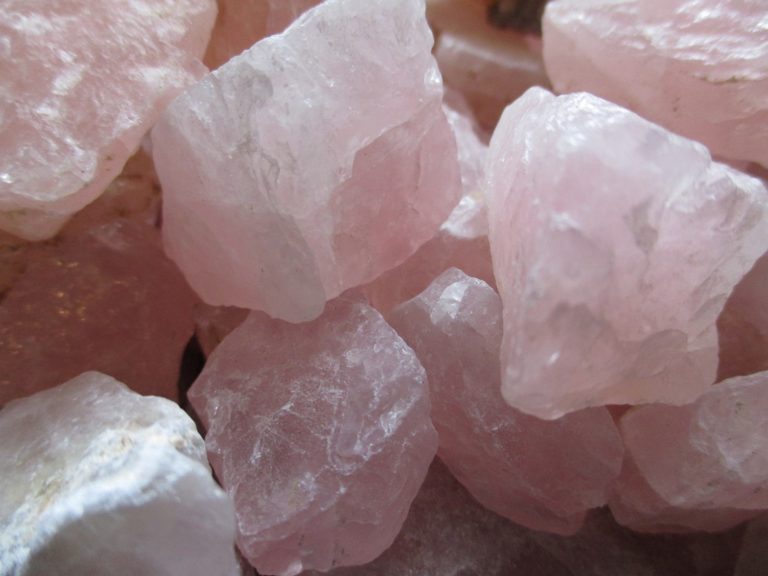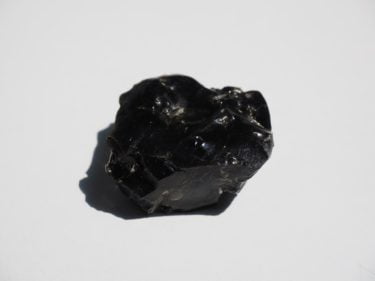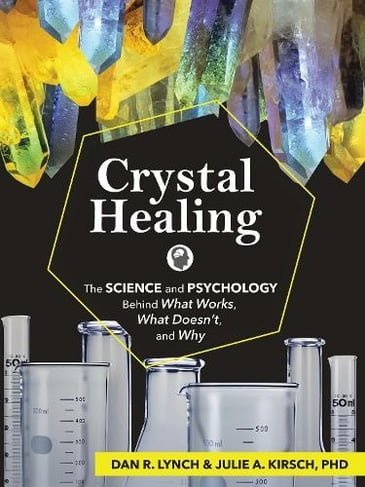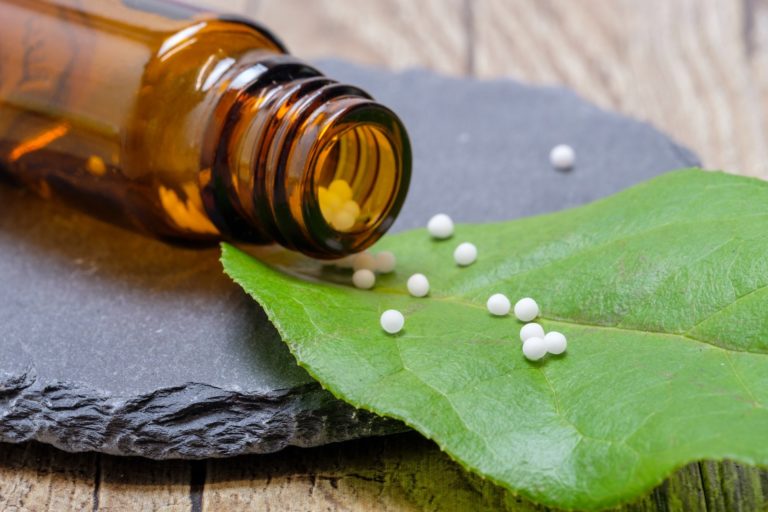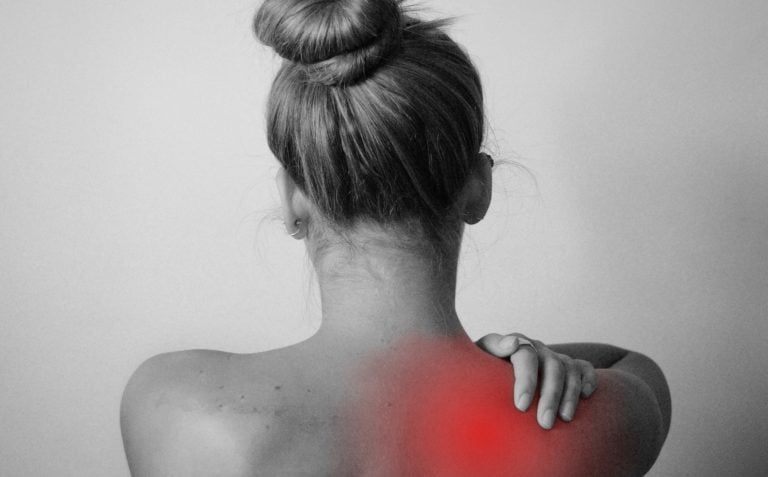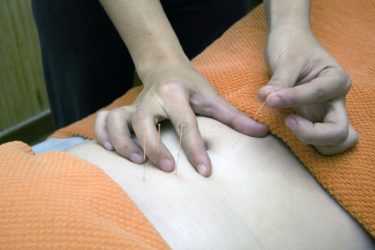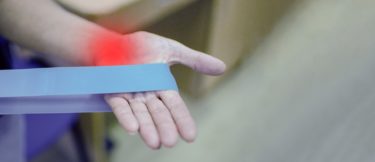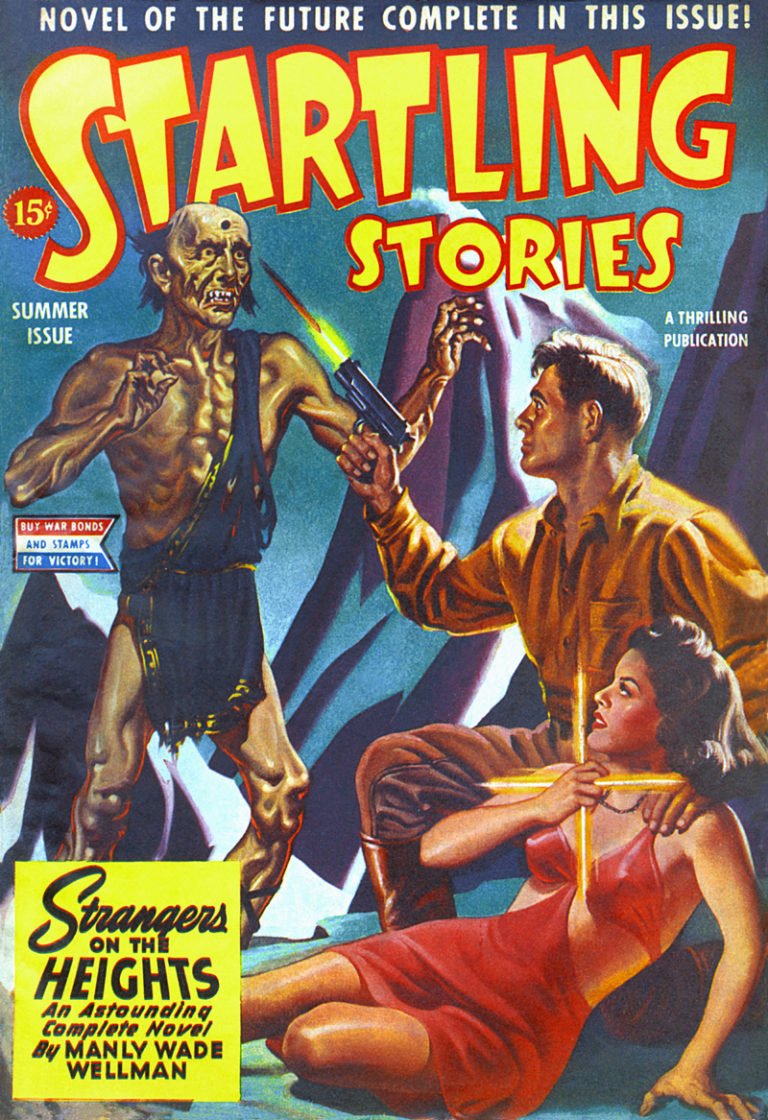The COVID-19 pandemic has brought to light social and economic issues that were previously hidden under the carpet. This has been the case all around the world, but it goes a step further in Brazil. Not only has the pandemic highlighted our social inequalities, it has made us painfully aware of how unprepared our young doctors are when they leave medical school, and how susceptible they are to magical thinking and miracle cures.
Brazil has both public and private healthcare systems. While we are very proud of our public healthcare, it is overwhelmed and underfunded, so those who can afford it often go for a private healthcare plan, which works like an insurance system. This column has already denounced the use of hydroxychloroquine (HCQ) in Brazil, promoted by the Ministry of Health and the federal government. Throughout the pandemic, even more miracle cures were added to the list, and in September the Ministry of Health came up with the “Covid kit”, dubbed the “early treatment protocol”.
The kit includes not only HCQ, but other unproven or useless medications, such as nitazoxanide (a deworming medication), ivermectin (for getting rid of lice), azithromycin (an antibiotic), vitamins C and D, zinc, heparin (for blood clotting) and corticosteroids. Flutamide, a prostate cancer medication, was the last addition to the kit. They are not always prescribed all together, but usually you get at least 5 or 6 of them in a single prescription.
My NGO, Instituto Questão de Ciência, together with a health workers union, tried to file a complaint with the Supreme Court in May 2020, over the use of HCQ. We haven’t heard from the Supreme Court so far – perhaps they have more pressing issues than people dying. While we were fighting both the federal government and the Federal Board of Medicine (the latter of whom defended the right of doctors to be free to prescribe whatever they deem fit), the private healthcare sector was also pushing the “Covid kit”, to an extent that was troublesome to say the least.
Hapvida, Unimed, and Prevent Senior are large private healthcare companies in Brazil, the latter catering to senior citizens only. According to El País, they have been prescribing the Covid kit to anyone who shows up with flu-like symptoms, regardless of the symptom, without even examining them properly or interviewing them to learn about comorbidities and other medications they might be taking.
El País shows several stories of patients who reported mild flu-like symptoms, some which were little more than a headache, and were given a Covid kit. Some received the kit by post, with no consultation and no testing. Sometimes, a “consent form” would follow. Some patients told the newspaper that nobody took their health history, even though one patient was diabetic, and another had a heart condition. The irregularities keep coming. Antibiotics in Brazil can only be sold or distributed by prescription, to prevent the development or multi-resistant bacteria. Microbial stewardship demands that antibiotics are prescribed with care. Nonetheless, these healthcare plans are encouraging their teams to prescribe it broadly – a policy which could bring about dire consequences, and even cause another public health crisis.
Encouraging, by the way, may not be the correct way to put it. Brazil’s largest TV station, Globo, showed how Prevent Senior was forcing its doctors to prescribe the Covid kit. Afraid of losing their jobs, many did. Some were brave enough to come forward, under the promise of anonymity. They said that there was huge pressure from the supervisors to prescribe these drugs, even though they are unproven – and in some cases disproven – for Covid, and what is worse, they are not without harm.

The combination of these drugs can affect liver and kidney functions, and there have been cases of death for liver failure, while many others are queuing for an organ transplant. Otherwise healthy people were given medications that they didn’t need, and now will have to undergo surgery. So much for the “what’s the harm?” argument, so common in alternative medicine, which was so frequently used to justify these phony Covid treatments.
Also impressive was how inexperienced and immature the doctors who gave the statements sounded. Brave as they were for coming forward, one couldn’t help to notice that they didn’t seem to be aware of the consequences of their actions. While everyone understands that they were afraid of losing their jobs, it is nevertheless unacceptable for a doctor to prescribe drugs that they know can harm the patient. In my opinion, it’s almost as if these doctors were incapable of connecting cause and effect. In one of the statements, one doctor says that the hospital made him work after testing positive for Covid. He knew he could infect people, and yet he obeyed.
The fact that so many doctors were prescribing miracle cures had already brought to our attention how ill-prepared our young doctors are, and how badly we need to teach critical thinking and evidence-based medicine in our medical schools. This recent episode makes me wonder if we should add ethics and common sense to the list, too. My Institute has heavily criticized the fact that both homeopathy and acupuncture are recognized as medical specialties in Brazil, and as such, are taught in our medical schools. The Federal Board of Medicine not only allows it but endorses and promotes it. It is no wonder our medical students believe in magic.
To boot, now private companies in Southern Brazil are distributing the Covid kit to their employees. One of them, Tecnocuba, a producer of stainless steel pieces, says that it was the board’s decision, based on a talk given by a local doctor. The doctor gave a talk about what she called ‘chemoprophylaxis’, and made a deal with the company, who decided to pay for consultations for all their employees, so she could prescribe them the Covid kit.
Besides being wildly unethical for a doctor to be signing prescriptions wholesale, the company’s employees may well have found themselves in a very difficult situation. What if they refused the consultation or the kit? Would they be risking losing their jobs?
Medical and scientific societies in Brazil have clarified, repeatedly, that the “early treatment protocol” doesn’t work, and can actually harm people. These drugs, especially in combination, can cause liver damage, retinopathy, and cardiac toxicity. Depending on pre-existing medical conditions, effects can be even worse. The Federal Board of Medicine insists on keeping quiet, saying that its mission is to preserve the “doctor’s freedom to prescribe”.
The result of all of this is that the practice of medicine in Brazil is presently effectively unregulated. Malpractice would usually be reported to the medical boards, but if the Federal Board agrees with this nonsense and doesn’t see any reason to regulate it, we have no choice but to appeal to the courts. Doing so, as with our HCQ case, will take much longer – and, all the while, people are dying, both from Covid and from these “early treatments”. Without effective regulation, we can only watch while bad science and bad medicine add more corpses to the pile.





